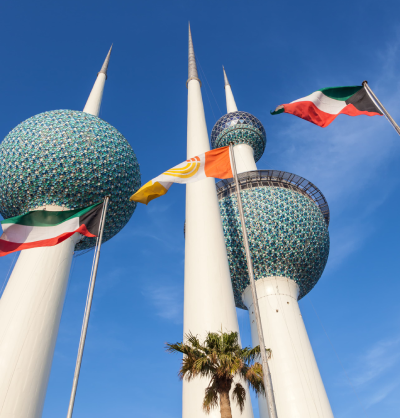The transition to cleaner and more sustainable energy sources is a global imperative in the face of climate change. Hydrogen has emerged as a promising clean energy source with the potential to reduce greenhouse gas emissions and mitigate climate change. It can be also used as fuel for internal combustion engines, reducing many of the technical and infrastructural problems of electrical engines. In some circumstances, hydrogen may take the role of natural gas, which is currently utilised for heating, cooking, and in industrial applications.
Saudi Arabia, a country known for its abundant oil and gas reserves, has begun to emerge as a major hydrogen hub. Its location and natural resources make it an ideal location for green hydrogen production. Recently, an international research team (including academics from the University of Diyala, Al-Farahidi University, and Al-Turath University College in Iraq, as well as the AGH University of Science and Technology in Poland and Qatar University and the King Fahd University of Petroleum and Minerals in Saudi Arabia) meticulously examined Saudi Arabia’s economic and technical potential for green energy.[i]
Hassan (et al) noted a shift in Saudi Arabia’s focus from light explorations and limited demonstrations towards larger-scale development—estimating approximately $900 million in investments made in green hydrogen. The National Hydrogen Strategy, launched in 2020, aims to position Saudi Arabia as a major hydrogen exporter, aligning with the country’s Vision 2030 strategy that targets generating 50% of national electricity from renewable sources by 2030. Its aims include encouraging fuel replacement (mostly from oil to gas) and putting energy-saving measures into action.
The plan outlined in the National Hydrogen Strategy aims to produce 1.2 million tonnes of green hydrogen, supplying 10% of global hydrogen demand by 2030. Saudi Arabia’s Public Investment Fund has also invested in global energy projects, including a joint venture with Power and Air Products for a $5 billion green hydrogen-based ammonia production facility in NEOM.[ii]
Saudi Arabia’s competitive advantage in the hydrogen race lies in its high solar radiation levels and vast land availability, ensuring one of the lowest costs of energy for photovoltaics globally. Despite this, Hassan (et al) identified structural and local challenges, including limited economies of scale, expensive electrolyzers, water scarcity, and low demand. To overcome these challenges, Saudi Arabia should work on a comprehensive regulatory framework, infrastructure development, and long-term commitment. Hassan (et al) outlined a roadmap consisting of six pillars. It is worth reproducing them here:
- Creating a stable policy framework
- Building infrastructure
- Establishing an R&D ecosystem
- Stimulating demand
- Creating capacity
- Fostering cooperation among stakeholders.[iii]
This roadmap could transform Saudi Arabia into a hydrogen exporter between 2030 and 2035—maximising its green energy potential in the subsequent five years. The study also suggested a strategic focus on increasing exports of green hydrogen, particularly to Asia and Europe, gradually replacing oil and gas exports.
As the research by Hassan (et al) concludes:
Green hydrogen production is a trend that is here to stay, and as the world moves towards decarbonisation, Saudi Arabia has an opportunity to become a leader in green hydrogen production and contribute to the global effort to mitigate climate change.
Saudi Arabia, like the other Gulf Cooperation Council members, is well on its way towards fulfilling its national goal of reducing reliance on oil and gas and contributing to the international goals of actioning sustainable energy sources in order to reduce environmental damage and limit climate change.
Resources
- See: Qusay Hassan (et al), ‘Energy Futures and Green Hydrogen Production: Is Saudi Arabia Trend?’ Results in Engineering, volume 18, 2023. This article is available at: <https://www.sciencedirect.com/science/article/pii/S259012302300292X#fig4>.
- For an overview, see: ‘NEOM Green Hydrogen Power,’ ACWA, available at:
- <https://acwapower.com/en/projects/neom-green-hydrogen-project/>
- Hassan (et al).








